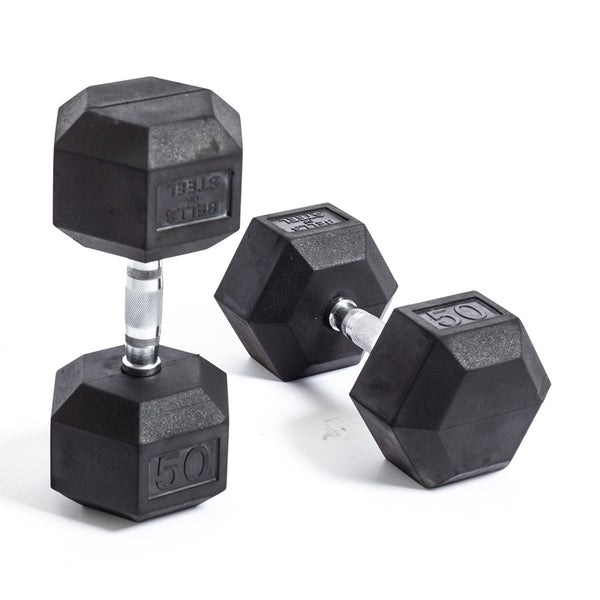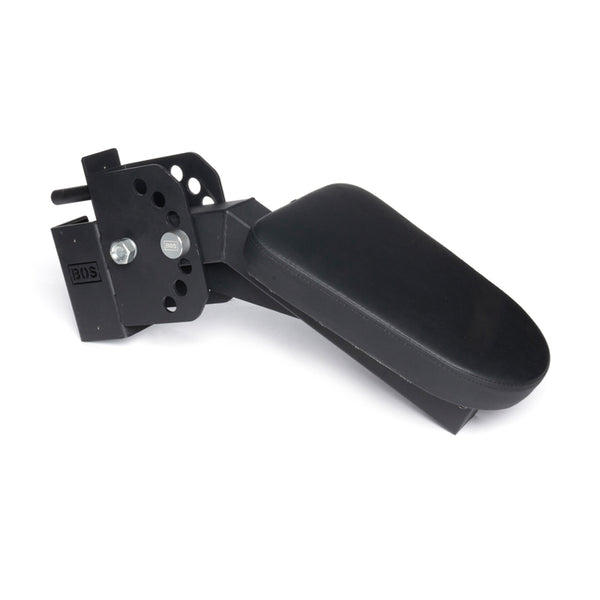If you're looking for a great exercise to target your back muscles, you might wonder whether seal rows or dumbbell rows are better for you. Both exercises have pros and cons, depending on your goals and preferences.
In this blog post, we'll compare the two exercises and help you decide which is best for your back training. Seal rows are performed by lying face down on seal row pad or a bench that is elevated off the ground, holding a pair of dumbbells or a barbell underneath you. You then pull the weight up to your chest, keeping your elbows close to your body and squeezing your shoulder blades together.
One of the main benefits of seal rows is that they reduce lower back involvement, which is good for people with low back problems or who want to avoid overloading their spine. Since you're lying on a bench, you don't have to worry about stabilizing your lower back or keeping it in a neutral position. This allows you to focus more on your lats and upper back activation, which is great for bodybuilders or physique-focused lifters who want to improve their back width and thickness.
Another benefit of seal rows is that they have a greater range of motion than dumbbell rows. You can pull the weight higher up to your chest, increasing your back muscles' contraction. You can also vary the angle of the bench to target different parts of your back, such as inclining it slightly to hit more of your upper traps and rear delts.
Dumbbell rows are performed by placing one hand and one knee on a bench, holding a dumbbell in the other hand. You then pull the dumbbell up to your side, keeping your elbow close to your body and driving it back as far as possible.
One of the main benefits of dumbbell rows is that they have more carryover for powerlifters or strength athletes. Since you must brace your lower back to perform the exercise, they're more transferrable to deadlifts or other movements requiring spinal stability and core strength. They also train your grip strength and forearm muscles, which are important for holding heavy weights.
Another benefit of dumbbell rows is that you can lift more weight than with seal rows. More muscle groups are involved with a dumbbell row than a seal row, such as your biceps, brachialis, and brachioradialis. You can also use a bit of momentum or body English to help you lift heavier weights, which can increase the overload and stimulus for your back muscles.
Both seal rows and dumbbell rows are effective exercises for building a strong and muscular back. The best one for you depends on your goals, preferences, and limitations. If you have low back issues or want to isolate your lats and upper back more, seal rows might be a better option for you. If you want to increase your strength and power or lift heavier weights, dumbbell rows might be a better option for you.
You can also mix them up in your routine and do both exercises on different days or in different phases of your training cycle. This way, you can get the best of both worlds and enjoy the benefits of both exercises.



